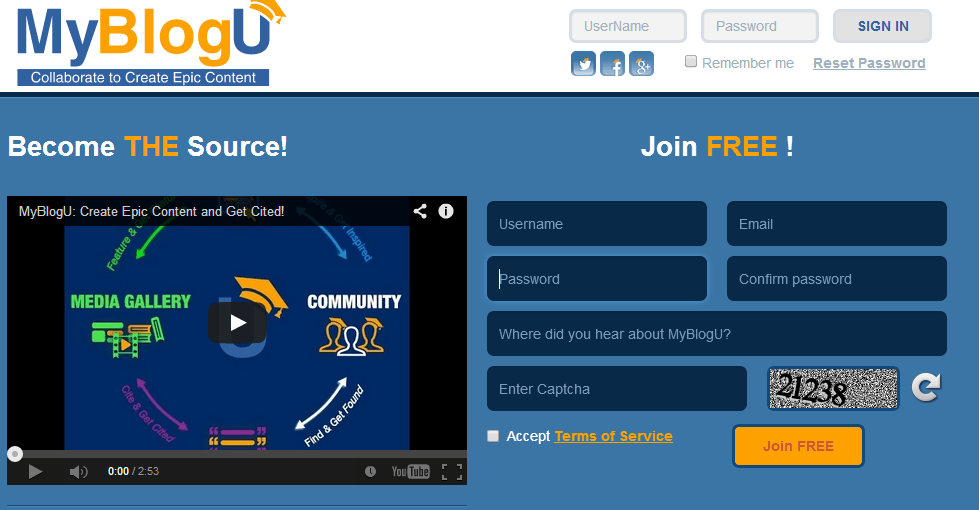As a YouTuber, content creator, or digital marketer, understanding your audience is paramount.
One common question among those leveraging YouTube for content distribution is: “Can you see who views your videos?”
The short answer is no, but there’s a lot more to unpack.
In this blog post, we dive deep into the intricacies of YouTube analytics, how you can leverage the available data to understand your audience better, and why privacy concerns prevent direct access to viewer identities.
Table of Contents
Why You Can’t See Individual Viewers
YouTube maintains a strict privacy policy that protects the identities of its users. This policy is designed to ensure a safe and secure environment for all users, encouraging free and uninhibited viewing behavior. Revealing who watches your videos could lead to privacy violations and misuse of data, which YouTube aims to avoid. Here’s a closer look at why this policy exists:
- User Privacy: Protecting user anonymity is crucial in maintaining trust. If viewers fear being identified, they may hesitate to watch certain content, leading to a decline in overall engagement on the platform.
- Data Security: Preventing the misuse of personal information is a top priority. By not sharing individual viewer data, YouTube reduces the risk of data breaches and protects users from potential harm.
- Platform Integrity: Maintaining a fair and unbiased platform is essential. If creators had access to individual viewer information, it could lead to targeting or harassing behaviors, negatively impacting the user experience.

What YouTube Analytics Offers
While you can’t see who exactly watched your videos, YouTube Analytics provides a treasure trove of data to help you understand your audience. This tool offers insights into viewer demographics, behavior, and engagement metrics. Here are some key features of YouTube Analytics that you can leverage:
1. Audience Demographics
YouTube Analytics breaks down your audience by age, gender, geographic location, and even language. This information can help you tailor your content to better meet the needs and preferences of your viewers.
- Age and Gender: Understanding the age and gender distribution of your audience allows you to create content that resonates more effectively with your primary viewers.
- Geographic Location: Knowing where your viewers are located can influence your content strategy, including the timing of your uploads and potential topics of interest based on regional trends.
- Language: If you notice a significant portion of your audience speaks a different language, you might consider adding subtitles or creating dedicated content in that language.
2. Traffic Sources
Understanding how viewers find your videos is crucial for optimizing your content strategy. YouTube Analytics provides detailed reports on traffic sources, which include:
- YouTube Search: Learn what keywords viewers are using to find your content. This insight can help you optimize your video titles, descriptions, and tags.
- External Sources: Identify which websites or social media platforms are driving traffic to your videos. This can inform your promotional strategies and partnerships.
- Suggested Videos: Discover which of your videos are being recommended alongside other popular content. This helps in understanding the context in which viewers are discovering your videos.
3. Engagement Metrics
Engagement metrics are vital for assessing how well your content resonates with your audience. Key engagement metrics include:
- Watch Time: This metric tells you how long viewers are watching your videos on average. Longer watch times often indicate higher engagement and interest.
- Average View Duration: Similar to watch time, this metric provides insight into how much of your video the average viewer watches before clicking away.
- Likes, Dislikes, Comments, and Shares: These interactions can give you a sense of how your audience feels about your content and encourage further engagement.
4. Retention and Click-Through Rates (CTR)
- Audience Retention: This metric shows you where viewers are dropping off in your videos. High drop-off rates at specific points can indicate areas where your content may be losing viewer interest.
- Click-Through Rate (CTR): The CTR for your thumbnails and titles can help you understand how effective your packaging is at attracting viewers. A higher CTR means your video is compelling at first glance.
Leveraging Insights for Better Content Strategy

With the data provided by YouTube Analytics, you can make informed decisions to enhance your content strategy. Here are some steps to consider:
Optimize Video Titles and Descriptions
Use insights from traffic sources and search terms to optimize your video titles and descriptions. Incorporating popular keywords can boost your video’s visibility in search results and suggested videos.
Create Targeted Content
Tailor your content to cater to the demographics of your audience. If your primary viewers are teenagers, consider trending topics and popular formats within that age group. For a geographically diverse audience, include universal themes or provide context that appeals to a global viewership.
Post at Optimal Times
Analyze when your viewers are most active on YouTube and schedule your uploads accordingly. Posting at peak times can increase the initial view count and overall engagement of your videos.
Engage with Your Audience
Respond to comments, ask for feedback, and encourage viewers to share your videos. Higher engagement can improve your video’s ranking on YouTube, leading to increased visibility and growth.
Experiment and Iterate
Regularly review your analytics to identify what works and what doesn’t. Experiment with different types of content, formats, and promotional strategies. Continuously iterating based on data-driven insights will help you refine your approach and achieve better results over time.
Conclusion
While YouTube doesn’t allow you to see exactly who views your videos, the platform provides comprehensive analytics tools to help you understand and engage with your audience effectively. By leveraging these insights, you can optimize your content, improve engagement, and grow your channel. Remember, the key to success on YouTube lies in continuously learning from your data and adapting to meet the evolving needs and preferences of your audience.
If you’re looking to dive deeper into understanding your YouTube analytics or need expert guidance on optimizing your content strategy, feel free to reach out. Happy creating!



















